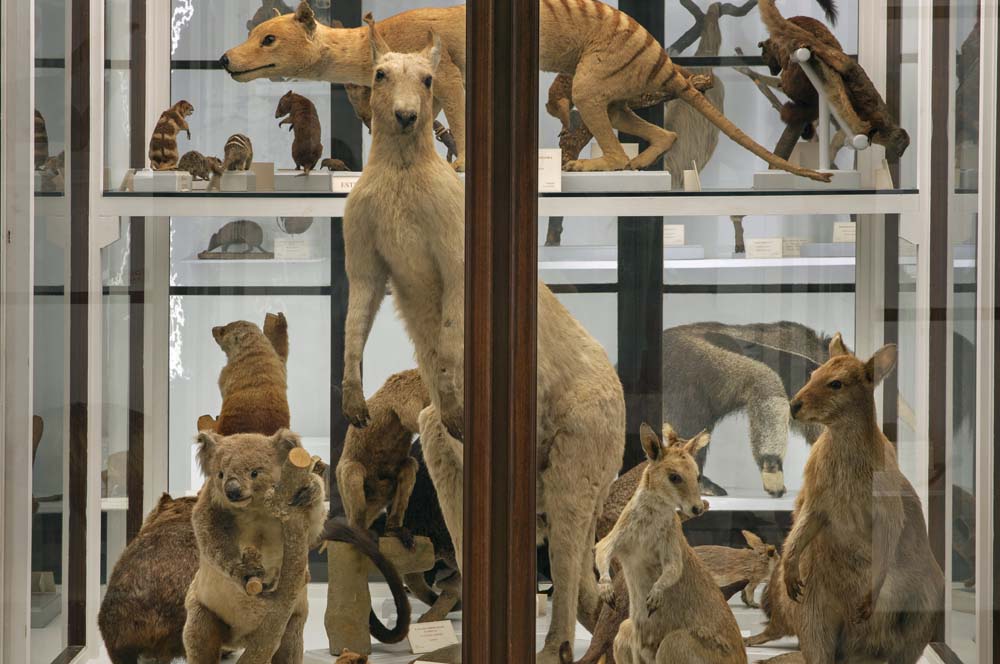Museum
"La Specola"
Museum of Natural History, La Specola
In this page
Via Romana 17, Firenze - Map

Opening Hours
Tuesday to Sunday, 9 am to 5 pm
The Museum is closed: Mondays, 1 January, Easter, 1 May, 15 August, 25 December.
Last entry at 4 pm
Tickets and bookings
Ordinary visit route (Zoology, Mineralogy, and ‘Art and Science: educational models’)
Tickets can be purchased either online through Vivaticket or at the museum ticket office (limited availability). Given the high turnout, online booking is highly recommended.
Full price: 10€
Reduced price: 5€ (ages 6 - 14 and over 65; student groups from primary and secondary European schools with a letter from the school).
Free entry: for children 0-6 years old; students of the universities of Tuscany (Florence, Pisa, Normale, Sant’Anna, Siena and Siena for Foreigners); Erasmus students at the universities of Tuscany; students of the Fine Arts Academy of Florence; students of the European University Institute EUI; employees in the University of Florence; ICOM (International Council of Museum), ANMS (Associazione Nazionale Musei Scientifici) and Edumuseicard members; people with disabilities and their possible carers; registered tourist guides; registered journalists; teachers and educational personnel accompanying student groups from primary and secondary European schools with a letter from the school.
Tickets purchased online and ID cards or other documents that entitle you to reduced and free tickets must be shown to the ticket office.
Other routes (with guided tours)
Anatomical wax models
Not accessible by wheelchair, this collection can only be visited with a guided tour. Regular guided tours from Tuesday to Sunday at 11am | 12 am| 3 pm (max 15 people each round) at a cost of 3€ per person in addition to the general admission ticket. The supplement for these tours can only be purchased at the ticket office (no online booking).
It is also possible to book a private guided tour at other times and prices by contacting the Educational Services.
‘Torrino’ and ‘Tribuna di Galileo’
Only partially accessible by wheelchair, these rooms can only be visited with a guided tour. Regular guided tours for up to 10 people are available every Sunday at 11 AM. The supplement for this tour (€3) can only be purchased at the ticket office (no online booking available). It is also possible to book a guided tour at other times and prices by contacting the Educational Services.
Skeletons Hall
It can only be visited by booking a private guided tour by contacting the Educational Services.
